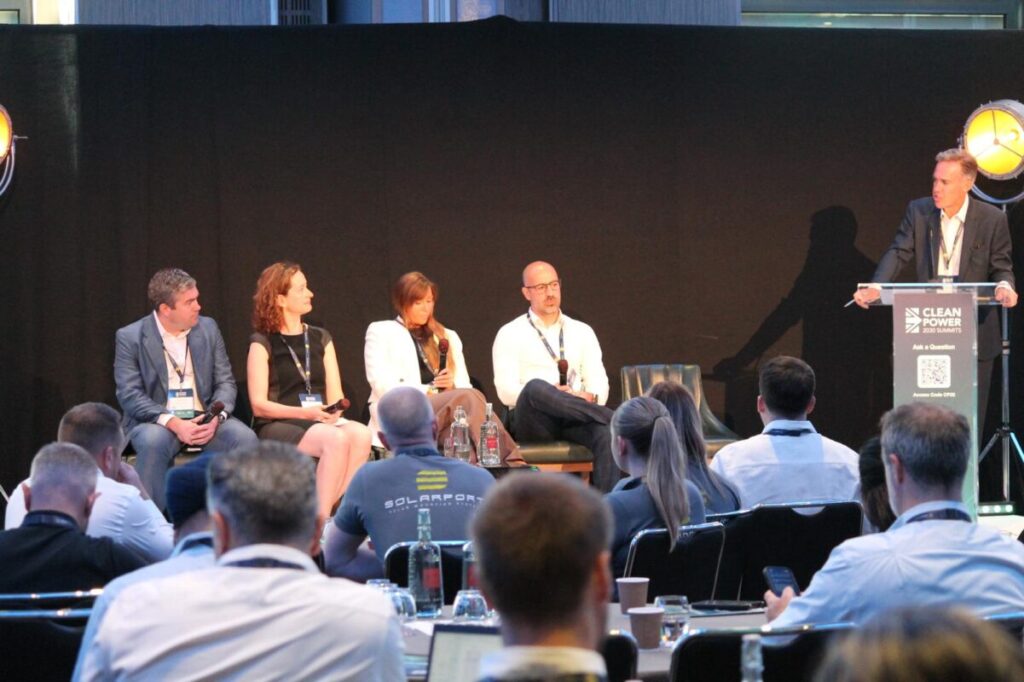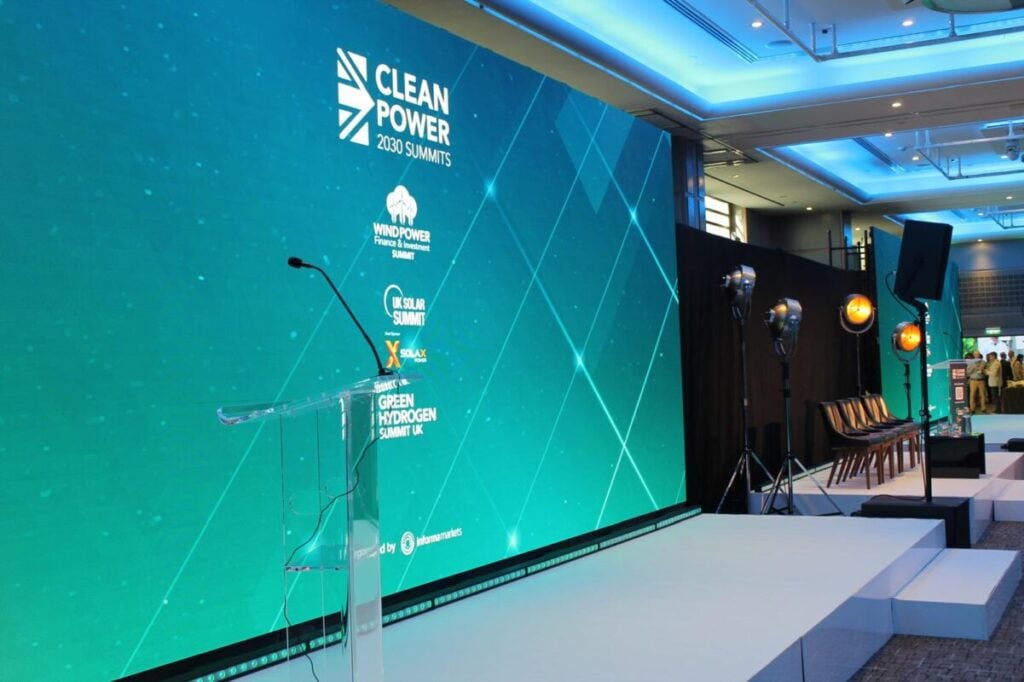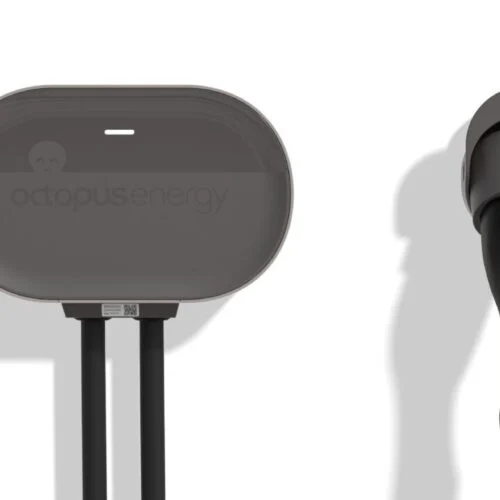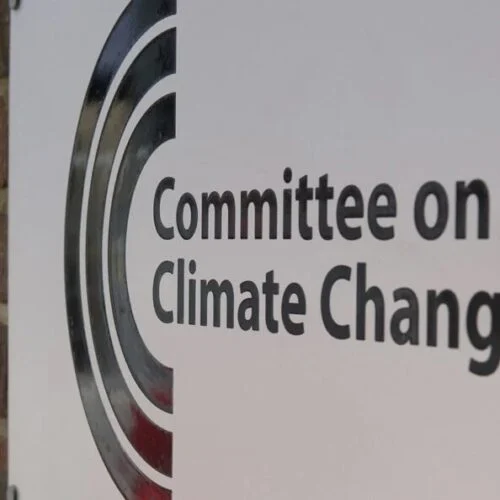The UK is an attractive space for renewable energy investors, but the investment landscape would be de-risked by greater policy support.
These were some of the key conclusions drawn by speakers at the first panel of this morning’s Clean Power 2030 Summits event, hosted by Solar Media in London.

“The UK is still very attractive, and we see interest from our existing pool of capital [and] Asian capital, and some other international investors, who are seeing the UK as a good place to invest,” said Ingrid Edmund, senior investment director at Downing, suggesting that both UK-based and overseas investors are keen to support the country’s energy transition.
This idea of greater returns, but greater risk, was picked up on by a number of other panelists, including Domenico Tripodi, partner and co-head of investments at AIP Management.
“Cost of capital has gone up [due to] risk perception and reality in the sector,” said Tripodi. “When I started in renewables, rates were relatively low, and renewable energy investment replaced corporate bonds. Now you can’t compare renewable investment with bonds anymore; every profile is different.”
“Renewables as well is a really exciting space,” Edmund continued, suggesting that the renewable sector’s increasing reliance on private capital to meet deployment targets has introduced more risk into the industry. “We’ve seen a shift from bond replacement to create diversification into a standalone class by itself; it’s more like private equity, [where] people expect higher returns. But those returns are reflective of the risk that we see.”
Minimising risk in a complex investment space
The speakers suggested the government could do more to help minimise these perceived risks; Keith Gains, managing director at Quinbrook Infrastructure Partners, said that ongoing uncertainty about the REMA consultation has impeded the company’s appetite for new investments.
“From our perspective, if we can get rid of zonal pricing and the chat around that, it would be helpful,” said Gains. “And we could do with certainty around REMA. We’re not seeing any pressure on returns [as] we have a lot of support from existing investors.”
“The UK is a core market for us,” Gains continued. “We have a specific UK strategy, so I hope we keep investing in the UK.”
“Government bonds are far more rewarding than they were four years ago, but renewables are now more complex,” added Charles Lesser, a partner at Alexa Capital, who moderated the discussion. This complexity was reflected by a later discussion on grid reform, which intends to accelerate renewable energy deployment, and by extension make projects more attractive to investors, but could paradoxically. lead to disruption and uncertainty in the short-term.
“In the long-term the grid reform will help the system, because you’ll remove all these projects that are not using grid connections,” said Edmund. “Only about one-third of the projects that have grid connection offers have been built. In the short-term it introduces uncertainty and risk, and some of the developers may not benefit from the opportunities if they can [finalise] their cash flows.”
Lesser also asked the panelists to rank a number of renewable energy generation types by attractiveness for investors, and all responded that co-located projects – those that combine solar or wind facilities with a battery energy storage system (BESS) – would be the most attractive, reflecting this growing complexity Lesser pointed to.
“Co-location is what really makes a solar project in the UK investable,” said Sarah Lane, managing director at Denham Capital, who went on to suggest that the cannibalisation risk associated with solar in particular, has made solar and storage unattractive investments in the UK.
“Standalone storage is not for us, given the merchant revenues there, and green hydrogen is too early.”






